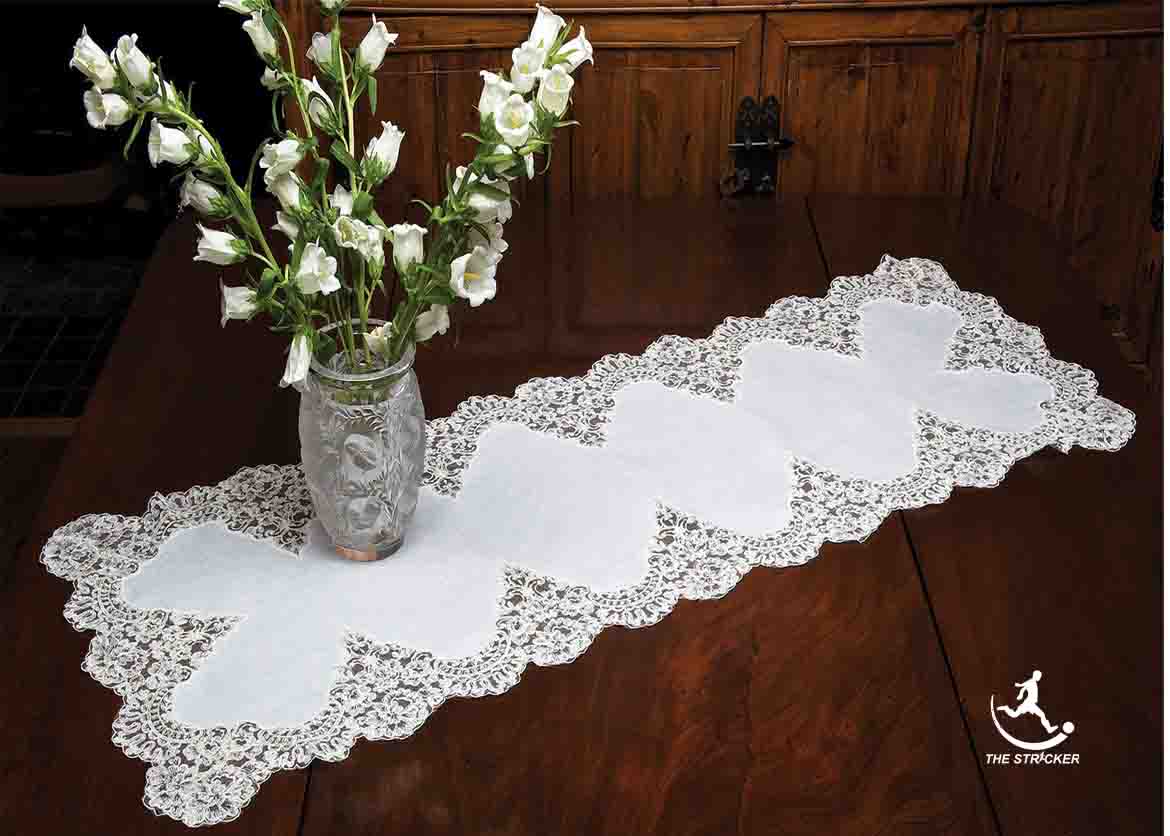
Alencon Lace Fabric is a needle lace that originated in Alençon, France. It is sometimes called the “Queen of lace.”
History
Making of Alencon Lace began in Alençon during the 16th century and the local industry was rapidly expanded during the reign of Louis XIV by Jean-Baptiste Colbert, who established a Royal Workshop in the town to produce lace in the Venetian style in 1665. The purpose of establishing this workshop was to reduce the French court’s dependence on expensive foreign imports. Marthe La Perrière had modified the Venetian technique and Alençon emerged as a unique style around 1675 after Colbert’s monopoly ended.
Alencon Lace Fabric
Lace was always an expensive luxury item because of its painstaking, time-consuming production. Lace styles evolved throughout the centuries in response to changes in fashion. Both men and women wore lace from its inception to the eighteenth century. It was often the most costly part of the dress and reflected the sophisticated tastes of the aristocracy. Lace adorned women’s and men’s collars and cuffs, draped women’s shoulders, hands, heads, covered entire gowns, and decorated furnishings. The excessive sums of money spent on extravagant laces prompted many rulers to place restrictions on the wearing and importing of lace from other countries. Sumptuary laws, however, proved futile and the smuggling of foreign lace was widespread.
Europe’s desire for handmade lace continued unabated until the end of the eighteenth century. The French Revolution, which led to the destruction of the French court and its luxury industries, aided its demise. Further, the Industrial Revolution supported the development of new laces in the nineteenth century.
The most ancient specimens of lace in existence are pieces of knotted hairnets found in the tombs of Thebes and other parts of Egypt; some of which date back as far as 2500 BC. Several of these nets are adorned with tiny porcelain beads and figures strung amongst the meshes.
Resources: https://en.wikipedia.org
You May Also Read:
